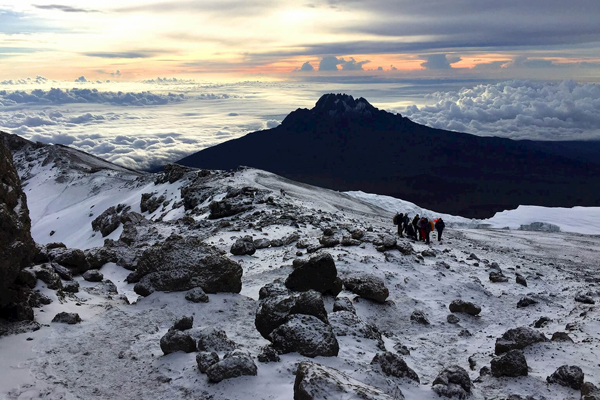
Ruaha National Park, Tanzania’s largest national park, spans an astonishing 20,226 square kilometers. Located in the heart of the country, Ruaha is renowned for its dramatic landscapes, vast wilderness, and exceptional wildlife diversity. The park is characterized by rugged escarpments, baobab-studded plains, and the Great Ruaha River, which serves as a lifeline for its abundant wildlife. Ruaha offers a more remote and exclusive safari experience, making it a hidden gem for adventurous travelers.
Ruaha National Park is a transition zone between eastern and southern African vegetation, resulting in extraordinary biodiversity:
Ruaha is a wildlife haven, home to a vast array of animals:
The river is the park’s lifeline, attracting animals during the dry season when water becomes scarce. Crocodiles and hippos dominate its waters, while lions and leopards lurk nearby, waiting for prey to come and drink.







Explore the wonders of Africa with AWA Tours, your gateway to authentic and sustainable travel experiences. Specializing in eco-conscious safaris, cultural immersion tours, and off-the-beaten-path adventures, we bring you closer to Africa’s breathtaking wildlife, diverse cultures, and pristine landscapes. From thrilling Big Five safaris to serene beach escapes and community-focused travel, AWA Tours curates unforgettable journeys tailored to modern explorers seeking adventure, connection, and responsible tourism.
By subscribing to our newsletter, you’ll gain access to:
✔️ Exclusive Travel Deals & Discounts
✔️ Insider Travel Tips & Guides
✔️ Updates on New Tours & Destinations
✔️ Stories from Real Travelers & Stunning Photography
Whether you’re dreaming of conquering Mount Kilimanjaro, relaxing on Zanzibar’s pristine beaches, or witnessing the majestic Great Migration, AWA Tours has something special just for you.
2024 Awatours. All rights reserved.